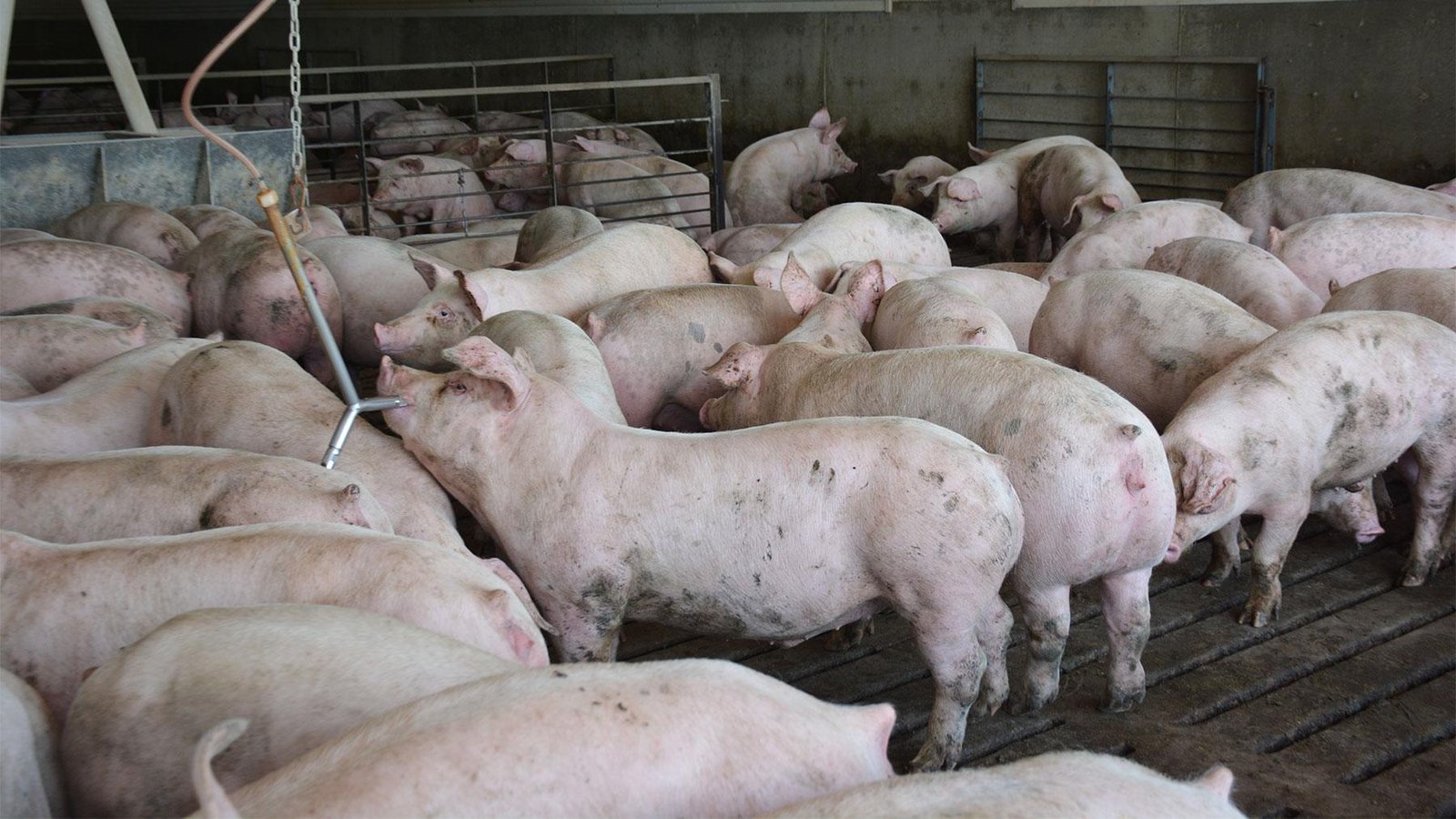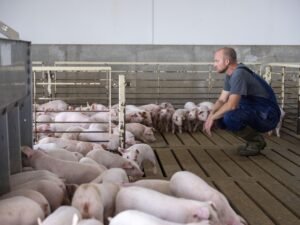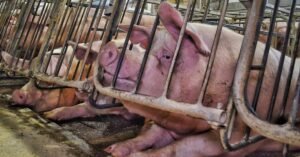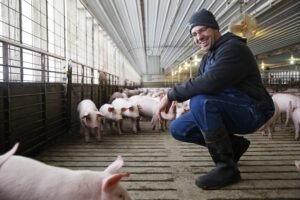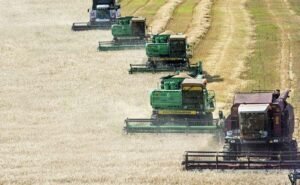The American pork sector navigates turbulent waters as 2025 unfolds. Production forecasts show divergent trajectories, with some experts projecting modest declines while others anticipate careful expansion. Recent USDA data indicates 2025 pork production will likely reach approximately 28.1 billion pounds, marking a substantial reduction of 350 million pounds from earlier projections. This unexpected modification reflects the breeding herd’s subtle contraction by 0.6% despite ongoing improvements in litter efficiency.
Market analysts struggle to pinpoint definitive trends. Pricing forecasts suggest live equivalent lean hogs may settle around $61.14 per hundredweight, reflecting a gentle erosion of approximately 1% compared to 2024 averages. Yet contradictory intelligence from alternative sources suggests prices could actually climb 3% to $65 per hundredweight, which producers would obviously welcome with cautious enthusiasm.
The domestic appetite for pork maintains its vigor, presenting a dependable foundation for industry participants. However, global market turbulence introduces significant question marks. Export volumes, having shown remarkable resilience, now face downward pressure. The USDA has trimmed export expectations to approximately 7 billion pounds, representing a 2% retreat from last year’s performance. Trade relationships, once taken for granted, now demand extraordinary attention from industry stakeholders.
Despite this sobering adjustment, certain market observers maintain a considerably brighter outlook. Some project exports will actually advance 3% to 7.30 billion pounds, highlighting the fractured nature of current market analysis. These contradicting perspectives underscore the profound complexity confronting decision-makers throughout the supply chain.
Production Dynamics
The farrowing intentions for early 2025 reveal producers’ hesitation to expand operations aggressively. During the March through May quarter, sow farrowings are projected at 2.91 million, displaying marginal contraction compared to previous cycles. The industry continues extracting more efficiency from existing resources.
Litter rates represent a significant bright spot, having climbed approximately 2% during 2024. This productivity enhancement partly offsets the breeding herd’s modest downsizing. Commercial slaughter increased 1% last year, with dressed weights also experiencing minor gains – a pattern many expect will persist through 2025.
Feed costs, which strangled margins in previous seasons, have moderated somewhat, offering producers temporary breathing room. This operational improvement, coupled with steady demand, provided the foundation for relatively stable returns in 2024 that many operators hope to maintain in the coming months.
Global Positioning
Mexico and South Korea emerged as standout markets for American pork, their robust purchasing behavior compensating for diminished shipments to China and Japan. The industry anxiously monitors these key relationships for any indication of shifting preferences or emerging barriers.
Import flows, meanwhile, continue their gradual upward march, projected to reach approximately 1.17 billion pounds – a 2% increase driven by specialized product demands. European suppliers along with Brazilian competitors continue making carefully targeted incursions into specific market segments.
The competitive landscape grows increasingly complex as production technologies and practices evolve across different regions. American producers leverage their scale advantages while addressing consumer expectations regarding production practices that sometimes create tension with cost-efficiency goals.
Strategic Considerations
Industry veterans recognize the delicate balance between expansion and oversupply. Hard lessons from previous cycles linger in institutional memory. Total 2025 production might reach 28.4 billion pounds according to longer-range projections, representing a 1.3% increase from 2025 levels. This modest growth suggests disciplined decision-making throughout the sector.
Tightening beef supplies create an unusual opportunity for pork to capture additional market share among protein-seeking consumers. Marketing campaigns increasingly emphasize pork’s versatility and nutritional attributes, attempting to cement loyalty beyond price-driven purchasing decisions.
Regulatory burdens continue evolving, with compliance costs flowing inevitably through the production chain. Producers navigate environmental requirements alongside animal welfare expectations, all while maintaining vigilance regarding foreign animal disease threats that could devastate access to international markets.
The industry’s resilience will be tested throughout 2025. Producers who successfully navigate these complicated crosscurrents will emerge strengthened, having developed adaptive capabilities that position them advantageously for future cycles. Those clinging to outdated operational models may find themselves increasingly marginalized as market dynamics reward flexibility and strategic foresight above all else.

